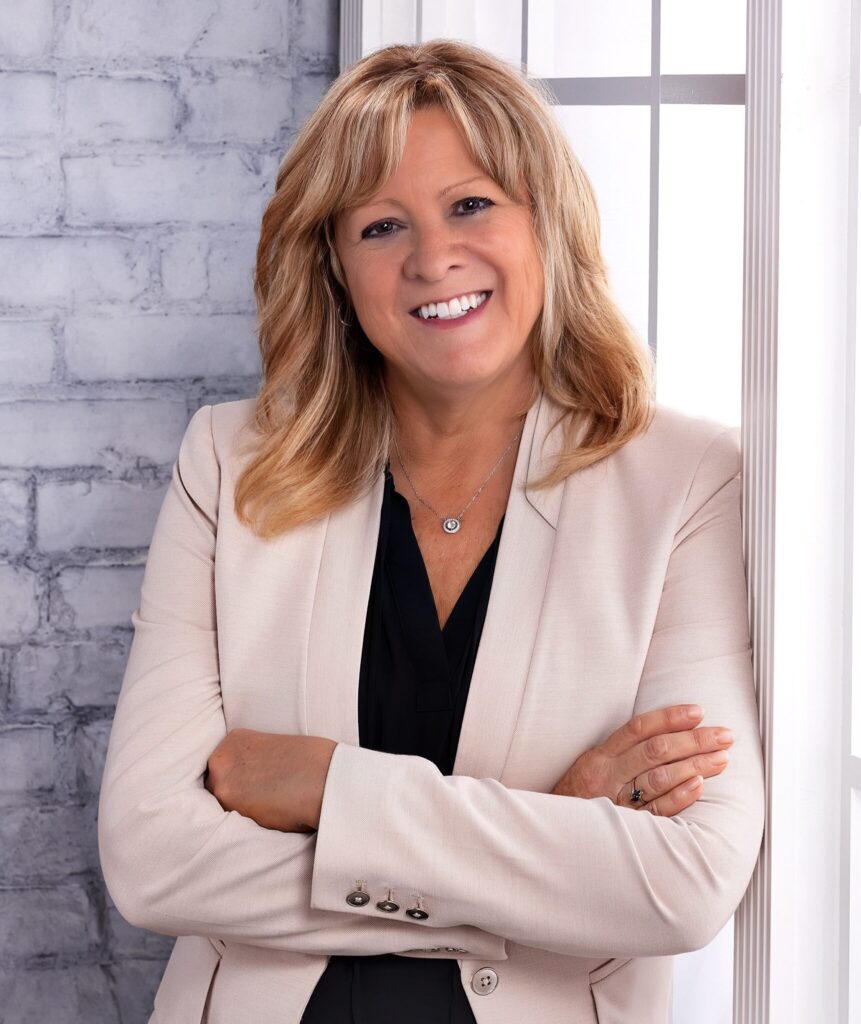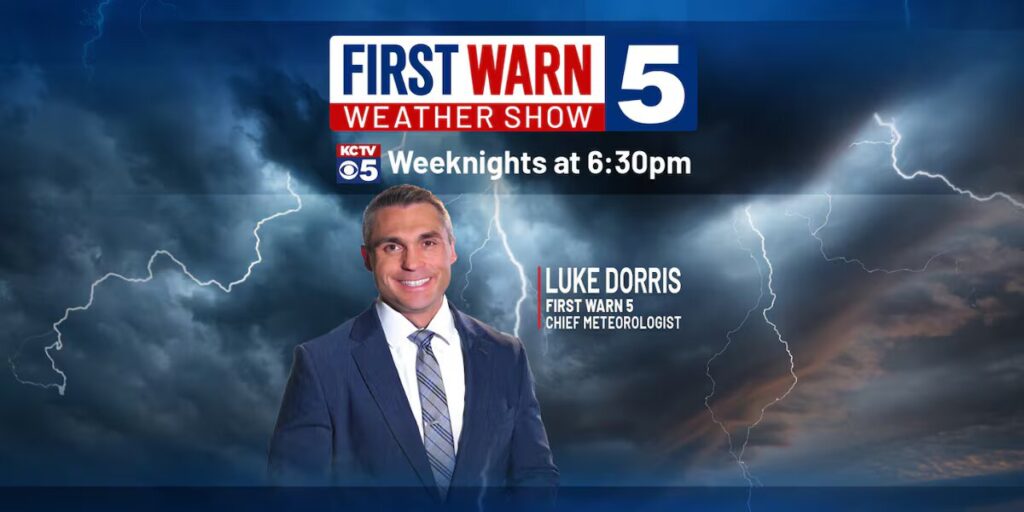
TVN’s Newsroom Innovators | Tegna’s Everyman ‘Road Trips’ Bolster Trust

Editor’s Note: This is the first of our “Newsroom Innovators” profiles, a series showcasing people and news organizations evolving the shape and substance of video reporting. These profiles will examine the inception of their innovations, the tools they employ and how they’re reconciling experimental approaches to news storytelling within daily workflows.
In September 2015, Gallup released a poll showing that only about 40% of Americans had “a fair amount” or “a great deal” of trust and confidence in the media to report the news “fully, accurately and fairly.” That figure was tied for the lowest rate Gallup had recorded since 1997, when the organization began logging such data.
A few months after the poll was published, Tegna gathered together select members of its workforce at company headquarters in McLean, Va., for an “Innovation Summit.” Their task was to brainstorm new broadcasting approaches that Tegna might adopt while addressing fluid industry trends, including deteriorating viewer trust.
Out of that conference emerged the concept for a digital-first program that would star ordinary citizens acting as reporters, investigating the issues they were most skeptical about. Guiding the upstart, front-of-the-camera gumshoes as host would be David Schechter, a veteran reporter out of Tegna’s WFAA Dallas. Schechter was one of the Innovation Summit attendees who helped hatch the idea for the series, which would eventually be titled Verify Road Trip.
“They see what I see, they get to ask their own questions, they reach their own conclusions,” says Schechter of his Verify Road Trip reporters, whom he calls “guests.”
“It strangely gives [the pieces] more credibility than just a regular reporter doing his job [because] people don’t think we really do our job anymore in a way that’s honest,” he says.

WFAA’s David Schechter
Since its 2016 debut, Verify Road Trip guests have examined the building of the Trump administration’s Mexican border wall, the existence of institutional racism in American culture and the potential dangers of fracking. On the lighter side, they’ve also looked into the Texas eateries with the best breakfast tacos and how people can protect themselves from mosquito bites.
Verify Road Trip episodes have yielded tens of millions of views across Facebook, YouTube and Tegna’s website, with Schechter and his co-producer, Chance Horner, also crafting versions of the stories for WFAA’s Sunday evening newscast.
The twosome produces one piece per week, either a roughly two-minute video where Schechter fact checks a claim — like whether or not Jesus Christ was born on Dec. 25 — or a six- or seven-minute investigative report with a viewer guest. Working autonomously from the rest of the newsroom, Schechter and Horner enjoy profound creative freedom thanks to Tegna management.
“I haven’t gone out and covered a car fire in a long time,” Schechter says. “I don’t miss it.”
Covering breaking news, which he’d done plenty of prior to Verify Road Trip, does build reporting skills that aid in manufacturing an assortment of stories, Schechter says. But, he adds, “At some point it’s more gratifying to graduate to something that hasn’t been done.”
Horner shoots Verify Road Trip primarily with a Sony FS5 camera and a series of lenses. He also uses a GoPro camera, a DJI Osmo Pocket handheld, a Nikon DSLR and a DJI Mavic Drone camera. Literally disconnected from the WFAA newsroom, using his own centralized server, Horner edits the episodes on Adobe Premiere, installed in a desktop PC built by a station staffer with a robust storage cask. Graphics turn up in the pieces via Adobe After Effects.
Because nearly every Verify Road Trip episode has been recorded in Texas, a vast state rife with places to explore, Schechter says the minimal travel, typically done by car, keeps production costs for Tegna down.
“The cost is that they’ve dedicated two people, full time, to doing this,” Schechter says. “Other than that, we are so freakin’ cheap, it’s crazy.”
The low costs help Tegna keep the show afloat and eschew dedicated sponsors. Partnerships might compromise the integrity of the “truth telling” Tegna is trying to achieve with the program, Schechter explains. He adds, however, that the station is looking into ad-sale opportunities that feel right and could better support the series. A return on investment might be measured in audience “good will” that’s been shoveled toward the brand because of the show, he says.
In mid-2019, Schechter and Horner were indeed given a chance to spend a few extra dollars by WFAA. They went big, and left home, for a two-part series on climate change. In the second episode, they shipped a 38-year-old roofer and climate change denier, Justin Fain, from Texas to Alaska. There, he could see for himself whether the environment was changing due to planetary warming spurred by human activity.
 “He’s everyman,” Schechter says of Fain, “a dyed-in-the-wool Republican. But the audience saw a guy who was super likable, who was fun to be around, who was open-minded, who asked questions, challenged his own assumptions and beliefs, and what else can you ask from somebody?”
“He’s everyman,” Schechter says of Fain, “a dyed-in-the-wool Republican. But the audience saw a guy who was super likable, who was fun to be around, who was open-minded, who asked questions, challenged his own assumptions and beliefs, and what else can you ask from somebody?”
The budget surplus-busting excursion was worthwhile, in terms of ratings. The first story, still filmed in Texas, showed in-demo growth over the quarter-hour broadcast time it filled, but the second piece in Alaska saw the in-demo audience double over the quarter-hour. Unsurprisingly, then, in late December, WFAA dedicated an hour of airtime for an extended, 44-minute version of the film.
In an era of supposedly compromised viewer attention spans, the experiment was a victory for longform reporting.
“There used to be this school of thought: People in the younger audience only want short stories, they don’t want in-depth,” says Ellen Crooke, Tegna’s VP of news. “Stories like FAA’s and David’s Verify Road Trip have proven that, if done well, if written well, if it has beautiful photography, the younger audience absolutely will watch more. They want more depth, more concept; they want a greater understanding.”
Offering the Innovation Summit as a prime example, Crooke says Tegna believes the way to transform local news “is not from corporate on down, but from our employees who are passionate about changing local news, to bring their ideas to life.” She adds Verify Road Trip has spurred more Tegna staff to step up audience interaction, in a variety of forms, to “help [consumers] understand what’s real and what’s not, and to help them have more trust in the journalistic process.”
Tegna regularly fields comments from viewers of Verify Road Trip who say the show’s approach to news is “refreshing,” “honest” and “transparent,” according to Crooke. “That plays really well, digitally,” she says, noting that the series is also an example of Tegna’s efforts to stay relevant, and appeal to digital-age viewers, who expect new broadcast technology to immerse them in information.
“People want an experience,” Schechter says, “so we give them an experience.”
























Comments (0)